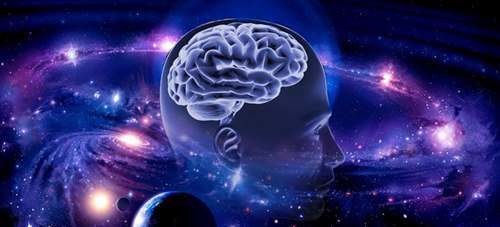As in the brain formed love and hate

2018-01-26 11:03
As in the brain formed love and hate
Scientists were able to trace how the brain handles positive and negative signals.

Sign up for news “UkrMedia” in Facebook, Twitter or Google+
We little think how we combine positive and negative emotions, reports Rus.Media. For us is so unconditional reaction that we are not questioning their origins. But now scientists were able to trace how the brain handles positive and negative signals, and what is says is good and what is bad.
A new study shows in unprecedented detail the areas of the brain that prescribe good and bad sense of objects and kinds of experiences. This study sheds light on the processes in the brain that narocin not fully understand, and can provide the key to the treatment of certain mental diseases.
In 2016, the researchers found that in the amygdala — center of emotions in the brain there are neurons that assign positive and negative emotions. These reactions are an integral part of human survival: it is vital for humans to remember, what food or experience good and which are bad. The new study deepens this theory, focusing on one area of the amygdala — the basolateral.
Scientists trained mice to associate a delicious drop of sucrose with a specific audible signal, and drops quinine — with the signal of a different tone. After that, they recorded the reaction in the brain that occurred during playback of signals, and identified neurons, play a key in the distribution of emotions. Then they edited these neurons to respond to light pulses. This allowed us to record the electrical activity of neurons and the areas around them.
Having carefully studied these relationships and the system structure, the researchers found that within basolateral amygdala are different “zones” that define high-quality reaction through the connection with other fields and interactions by amygdala.
What does it mean? In fact, scientists have found areas, which are formed of positive and negative emotions associated with the events and objects of life of a mammal. What to do about it is not yet clear, but it is clear that this discovery could shed light on certain mental health issues and addictions. For example, you can potentially wreck a strong positive reinforcement that causes one or the other addiction. Also anxiety may be due to imbalance or improper assignment of positive or negative emotions to different stimuli.
Moreover, potentially this discovery opens the way to artificial manipulation of feelings and desires through control of these neurons and networks. Of course, the scientists never said anything like that, but to completely eliminate the possibility of research of this kind is impossible.






